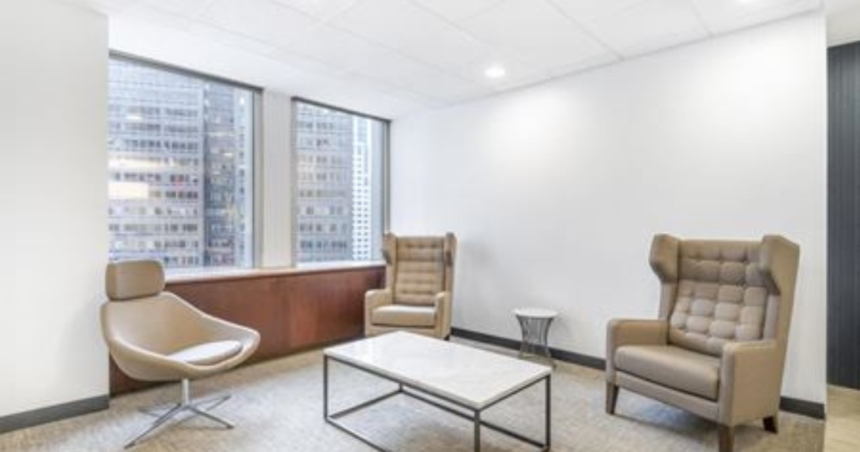Today’s professional environment is very different from its predecessors, having adapted to the quick rate of technological development and the rising expectations of the digital workforce. Sharp lines and private offices provide open spaces and flexible working arrangements. Contemporary business settings in a turnkey office space for rent MA illustrate the push towards workspaces that not only meet the functional demands of businesses but also cater to the well-being and productivity of the workforce. These changes underscore a move towards adaptive, responsive environments prioritizing efficiency and employee satisfaction. This significant shift towards flexible office spaces directly correlates with a workforce increasingly structured around gig economies, remote work, and digital nomadism. Organizations are exploring dynamic workspace solutions for their teams, ranging from coworking spaces filled with individual entrepreneurs to entire floors dedicated to a single company, all enabled by the accessible, on-demand nature of modern real estate models.
The Diverse Ecosystem of Today’s Workspaces
The modern workplace has evolved into a diverse ecosystem, catering to various work styles and preferences. Coworking hubs bring together a mélange of professionals and entrepreneurs at one end of the spectrum, fostering a sense of community and collaboration. On the opposite end, upscale private offices are designed for focused, individual work. In between, one finds many alternatives, including communal worktables, quiet zones, relaxation areas, and even outdoor workspaces. The diversity of offerings is a testament to the recognition that there is no one-size-fits-all for productive work environments.
Benefits of Moving Beyond the Traditional Office
Businesses are discovering that moving beyond conventional office environments is possible and beneficial. With reduced overhead costs from sharing amenities and a decreased necessity for physical expansions, companies can invest more in core growth areas. Employees, too, find that flexible workspaces can lead to an improved work-life balance, allowing them to blend professional and personal schedules to enhance overall quality of life. Moreover, by breaking out of traditional offices’ segmented, hierarchical layout, there’s a natural movement towards a more inclusive corporate culture that encourages greater equality and cooperation among staff.
How Modern Workspaces Influence Productivity
The design and layout of the workspace profoundly influence productivity. Research has consistently shown that factors such as natural lighting, noise control, and even the presence of plants can positively affect employees’ mental and emotional state, leading to better concentration and efficiency. Thoughtfully designed workspaces that keep these elements in mind can lead to a more engaged and productive workforce, directly benefitting the bottom line of businesses prioritizing the quality of their working environments.
Features to Look for in a Modern Workspace
Those searching for modern workspaces would consider a checklist of features that can transform an ordinary office into an optimized environment conducive to productivity. Key among these features is technology infrastructure, one that not only meets today’s standards but is adaptable for future advancements. Flexible lease terms that account for the ebb and flow of business demands are equally important, allowing companies to scale without penalty. Communal facilities, such as conference rooms, lounges, and even fitness centers, offer added value, suggesting a balanced approach to work life. Finally, the workstations’ quality, from ergonomic furniture to adjustable lighting, can significantly impact daily operations and employee well-being.
Integrating Technology in Workspace Design
The impactful role of technology in workspace design cannot be oversold. An infrastructure that supports high-speed internet, cloud services, and mobile working capabilities is non-negotiable in a world where business happens around the clock and the globe. Thoughtful technology integration within workspace design enhances daily productivity and contributes to long-term business innovation and agility. It ensures that employees have the tools to execute their tasks efficiently, regardless of their physical location.
Future Trends: What’s Next for Professional Environments
The trajectory for professional spaces points towards an increasing embrace of flexibility, sustainability, and employee-centric design. The future will likely see a proliferation of decentralized workforces that rely on a network of satellite offices and coworking spaces, further diminishing the centralization of corporate hubs. Technological improvements will make More and better connectivity possible, allowing for a smooth transition between working remotely and in an office. By staying attuned to these evolving trends, businesses can preemptively adjust their strategies to harness the potential of modern workspaces and maintain a competitive edge in the marketplace.


